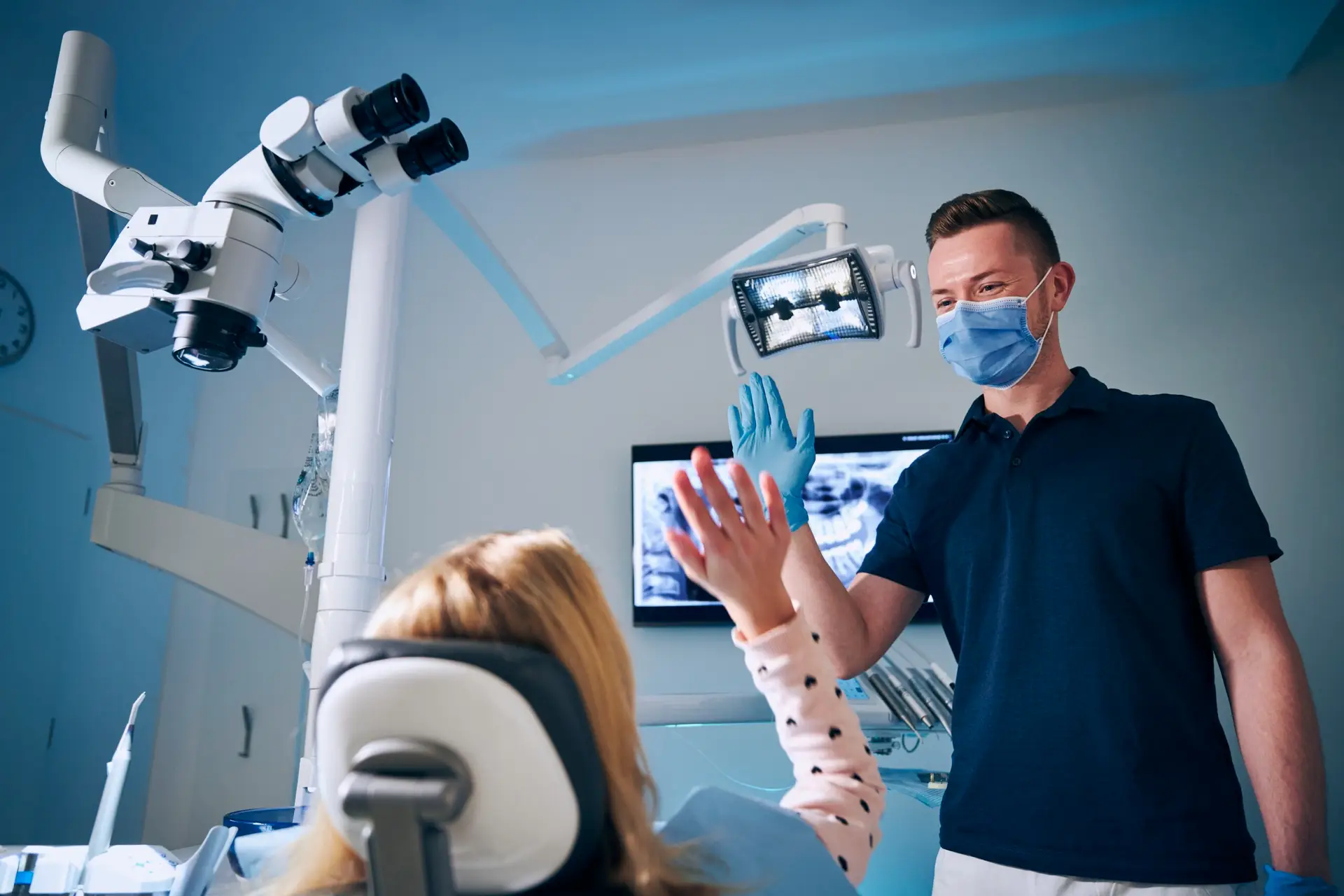Online reviews play a crucial role in shaping the reputation of dental practices.
Google reviews, in particular, are vital for attracting new patients and establishing trust within the community.
However, many dental professionals struggle with how to effectively ask their patients for these valuable testimonials.
This article explores the best strategies for requesting Google reviews from dental patients, ensuring a positive experience for both the patient and the practice.
Understanding the Importance of Google Reviews
Before diving into the strategies for requesting reviews, it’s essential to understand why they matter.
Google reviews not only influence potential patients’ decisions but also impact search engine rankings.
A practice with numerous positive reviews is more likely to appear at the top of search results, increasing visibility and attracting new clients.
The Impact on Patient Trust
Patients today are more informed than ever.
They often rely on online reviews to gauge the quality of care they can expect from a dental practice.
A strong collection of positive reviews can significantly enhance trust, making patients feel more comfortable and confident in their choice of provider.
Furthermore, the authenticity of these reviews plays a crucial role; potential patients can often discern between genuine feedback and fabricated testimonials.
This perception of authenticity can be a deciding factor in whether they choose your practice over a competitor’s.
Moreover, the emotional aspect of patient experiences shared through reviews cannot be underestimated.
When prospective patients read about others’ positive interactions, they not only see the technical skills of the dental team but also the compassion and care that the practice provides.
This human element can resonate deeply, encouraging individuals to reach out and schedule an appointment, knowing they will be treated with respect and understanding.
Boosting Local SEO
Google’s algorithms favour businesses with higher ratings and more reviews.
By increasing the number of positive reviews, a dental practice can improve its local Search Engine Optimisation (SEO).
This means that when potential patients search for dental services in their area, your practice is more likely to appear at the top of the results.
Additionally, Google reviews contribute to the overall online presence of the practice, which includes factors such as Google Business Profile (GBP) listings and local citations.
A well-optimised profile with numerous positive reviews can lead to better engagement and interaction with potential patients.
Furthermore, the frequency of new reviews can also signal to Google that your practice is active and engaged with its patients.
Regularly accumulating fresh reviews not only keeps your profile dynamic but also encourages ongoing conversations about your services.
This can lead to increased foot traffic as more individuals become aware of your practice through local searches, ultimately resulting in a thriving patient base that values your services and reputation.
Timing is Everything
One of the most critical factors in successfully asking for Google reviews is timing.
The right moment can significantly increase the likelihood of receiving a positive review.
Post-Appointment Requests
Asking for a review immediately after an appointment can be effective.
Patients are usually in a positive frame of mind after receiving care, especially if they felt well cared for.
This is the ideal time to request feedback about their experience.
Follow-Up Communication
In addition to asking for reviews right after an appointment, consider sending a follow-up email or text message a few days later.
This gentle reminder can prompt patients to share their thoughts while the experience is still fresh in their minds.
Ensure that the communication is friendly and expresses genuine appreciation for their visit.
Crafting the Perfect Request
The way a request is phrased can make all the difference.
A well-crafted message can encourage patients to leave a review while maintaining professionalism.

Personalising the request can significantly enhance its effectiveness.
Use the patient’s name and reference their specific treatment or visit.
This shows that you value them as an individual rather than just another appointment.
A genuine tone can foster a sense of connection and encourage them to reciprocate with a review.
Provide Clear Instructions
Many patients may not know how to leave a Google review.
Providing clear, step-by-step instructions can simplify the process and increase the likelihood of receiving a review.
Consider including a direct link to your Google review page in your communication, making it as easy as possible for patients to share their experiences.
Incentivising Reviews: A Double-Edged Sword
While incentivising reviews can encourage patients to leave feedback, it’s essential to approach this strategy with caution.
Google has guidelines regarding incentivised reviews, and violating these can lead to penalties.
Ethical Considerations
Offering incentives, such as discounts on future services or entry into a raffle, can be tempting.
However, it’s crucial to ensure that these incentives do not influence the content of the reviews.
Patients should be encouraged to share their honest opinions, regardless of any incentives offered.
Alternative Forms of Appreciation
Instead of direct incentives, consider expressing gratitude in other ways.
A simple thank-you note or a shout-out on social media can go a long way in making patients feel valued.
This approach fosters goodwill without compromising the integrity of the reviews.
Utilising Technology for Review Requests
In the modern world, technology can streamline the process of requesting reviews.
Various tools and platforms can assist dental practices in managing their online reputation effectively.
Automated Review Requests
Many dental practice management software solutions offer automated review request features.
These tools can send follow-up emails or texts to patients after their appointments, simplifying the process for both the practice and the patient.
Automation ensures that no patient is overlooked while maintaining a consistent approach.
Monitoring and Responding to Reviews
It’s not enough to simply ask for reviews; practices must also monitor and respond to them.
Engaging with patients who leave reviews—whether positive or negative—demonstrates that the practice values feedback.
A thoughtful response to a negative review can even turn a dissatisfied patient into a loyal one.
Creating a Review-Friendly Environment
Encouraging reviews starts with creating an environment where patients feel comfortable sharing their experiences.
This involves not just the clinical aspects but also the overall atmosphere of the practice.
Training Staff to Encourage Feedback
All staff members should be trained to recognise the importance of reviews and how to encourage patients to leave them.
This includes front desk personnel, dental hygienists, and dentists themselves.
A unified approach can reinforce the message and increase the likelihood of receiving reviews.
Enhancing the Patient Experience
A positive patient experience is the foundation of receiving glowing reviews.
Ensuring that patients feel cared for, respected, and valued will naturally lead to positive feedback.
Regularly assess the patient experience and make improvements where necessary to foster an environment conducive to reviews.
Leveraging Social Media for Review Requests
Social media platforms can be powerful tools for requesting reviews.
They provide an opportunity to engage with patients in a more casual setting, making it easier to ask for feedback.

Engaging Content and Calls to Action
Creating engaging content on social media can help keep your practice top of mind for patients.
Regularly post updates, educational content, and patient success stories.
Incorporate calls to action that encourage followers to leave reviews, linking directly to your Google review page.
Highlighting Positive Reviews
Sharing positive reviews on social media not only showcases the practice’s strengths but also encourages others to share their experiences.
When patients see that their feedback is valued and publicly acknowledged, they may be more inclined to leave their reviews.
Handling Negative Reviews Professionally
No practice is immune to negative reviews. How a dental practice responds to these reviews can significantly impact its reputation.

Responding Promptly and Professionally
Timely responses to negative reviews show that the practice values patient feedback and is committed to improvement.
Acknowledge the patient’s concerns and offer to resolve the issue offline if necessary.
This demonstrates professionalism and a willingness to learn from feedback.
Learning from Feedback
Negative reviews can provide valuable insights into areas for improvement.
Rather than viewing them as a setback, practices should analyse the feedback to identify patterns and make necessary changes.
This proactive approach can enhance the overall patient experience and reduce the likelihood of future negative reviews.
Measuring Success and Adjusting Strategies
After implementing review-request strategies, it’s crucial to measure their effectiveness.
Regularly assess the number of reviews received, the overall rating, and patient feedback to determine what works and what doesn’t.
Tracking Review Metrics
Establish key performance indicators (KPIs) related to online reviews, such as the number of reviews per month, average star rating, and patient engagement levels.
Tracking these metrics can help identify trends and inform future strategies.
Adapting to Feedback
Be open to adjusting strategies based on the feedback received from patients and the results of review metrics.
If certain approaches are not yielding the desired results, consider experimenting with new tactics or refining existing ones.
Flexibility is key to maintaining a successful review-request strategy.
Conclusion
Asking dental patients for Google reviews is an essential aspect of building a strong online presence and reputation.
By understanding the importance of reviews, timing requests appropriately, crafting personalised messages, and utilising technology, dental practices can successfully encourage patients to share their experiences.
Creating a review-friendly environment and engaging with patients on social media further enhances the likelihood of receiving valuable feedback.
Ultimately, the goal is to foster a culture of open communication and appreciation within the practice.
By valuing patient feedback and responding professionally, dental practices can not only improve their online reputation but also enhance the overall patient experience.
In a competitive landscape, leveraging the power of Google reviews can be the difference between attracting new patients and being overlooked.







